What does it mean to be “good at yoga”? Let me throw out something potentially controversial. “Excelling at the physical practice of asana actually is a detriment in the quest to deepen your yoga practice. Being good at yoga means not distracting yourself from becoming more present in the moment with serenity.”
That is not to say that you shouldn’t practice advanced asanas. But what determines whether your advanced asana practice is as beneficial as it can be depends on what is going on in your head. Doing something you are good at tends to feed the ego. If your ego is what drives you to keep perfecting challenging poses, you have lost your way on the yogic path. If on the other hand you use the difficulty of advanced poses to consciously trigger your ego so that you can do the work of taking your ego out of your practice, you are getting much more out of your practice.
Why practice yoga
The main point of yoga, for me, is to take myself out of my comfort zone so that I can practice, in a safe and controlled environment of my choosing, how to respond with serenity to the stresses and challenges we call life. (By the way, if you are currently quite overwhelmed by life, then it might be more beneficial for now to choose a practice that is not challenging. You might try a comforting practice like restorative yoga instead.) On the other hand, if you are feeling reasonably resilient, and if the physical practice of asana comes easy to you, you HAVE to go farther to get out of your comfort zone. But if you let yourself get too impressed with all the cool stuff your yoga body can do, your yoga mind may actually be withering, rather than thriving.
Pick a pose (or a variation of a pose) you are not quite ready for. A good one for this exercise is one where you can’t quite get your hands where you want them, be that Trikonasana, an arm bind in any number of poses, or King Pigeon pose. These poses are good for this exercise because we are acutely aware of what our hands are doing (and NOT doing), while the chances for injury are relatively low when it comes to trying to reach something with your hands behind your back, or off to the side. Don’t use a pose for this exercise where you are bending forward and twisting while reaching; it’s rather easy to herniate a lumbar disk this way.
Try it now
Do a few appropriate warm-up poses, and then pay careful attention to what is going on in your mind as you attempt to get your hands where you think they should be in your chosen asana. Are you getting frustrated? Are you working too hard? Has your breath become labored, or has it stopped completely? Are you reaching past your edge, because, dang it, you are only 5mm away from, from what? All these are signs that your ego has hijacked your practice. Relax for a few breaths in Child Pose or Savasana. Try to find your way back to your inner equilibrium, your own serenity.
Then, cultivating acceptance of reality, do the pose one more time. Let go of your ego, your goals, your expectations. There is a chance that you might get deeper into the pose when you do. But that isn’t the point AT ALL. It’s merely a side effect, that, if it becomes too pleasant, just allows your ego to hijack your practice in a slightly less damaging way.
The point is simply to cultivate the ability to stay serene in a difficult situation. The point is to let go of your desire that reality should be anything other than what it is. That is what it means to be good at yoga.
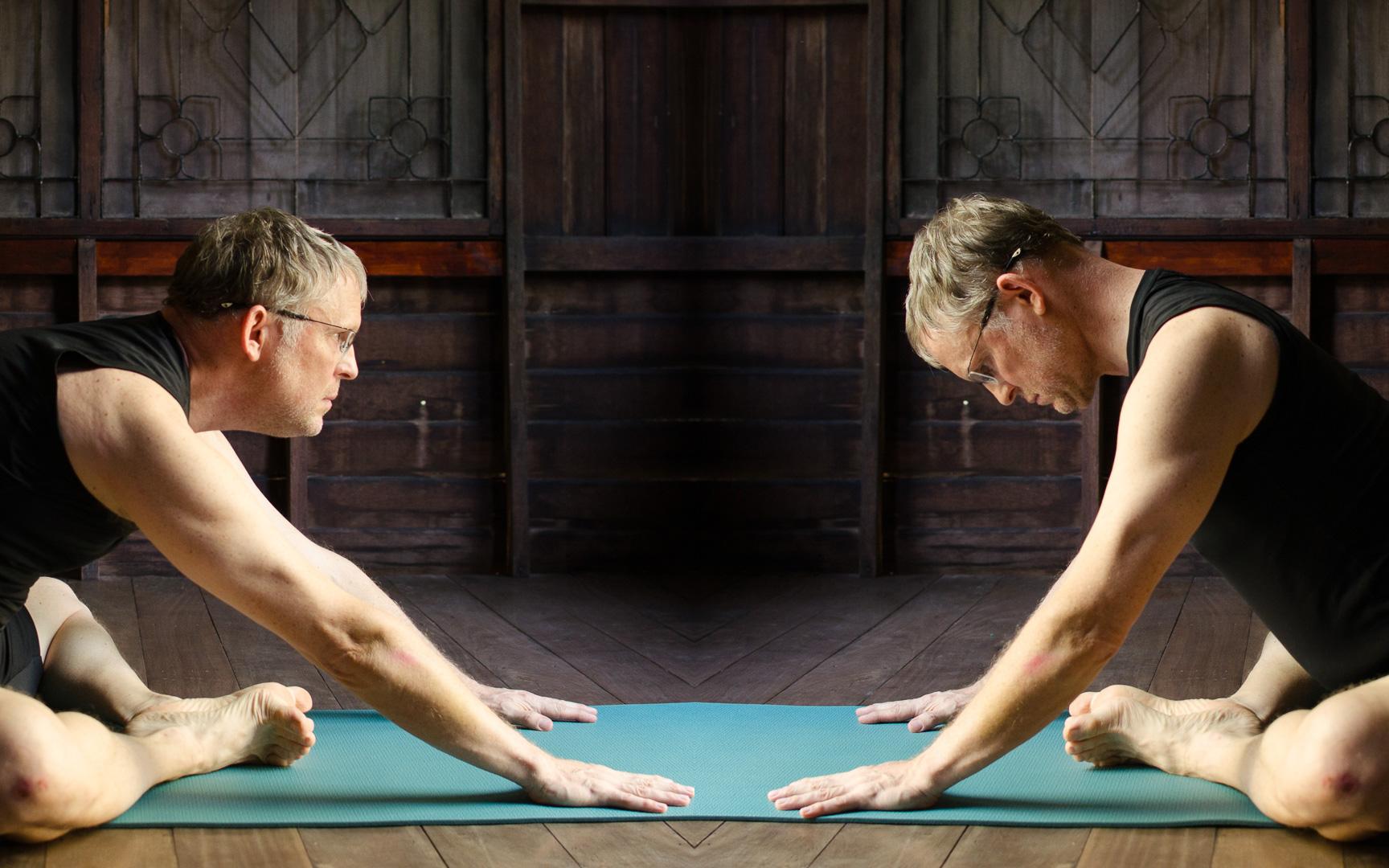
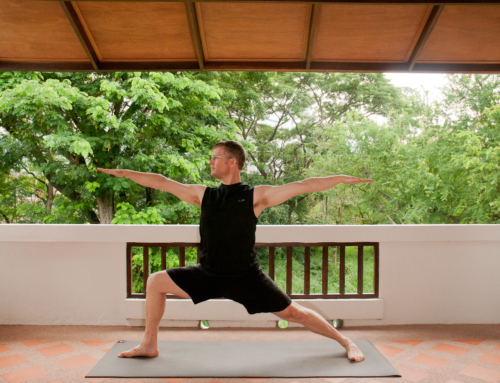
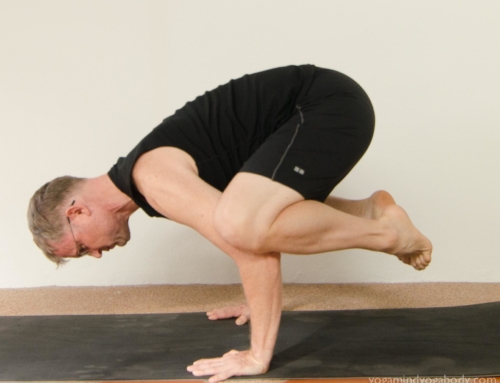
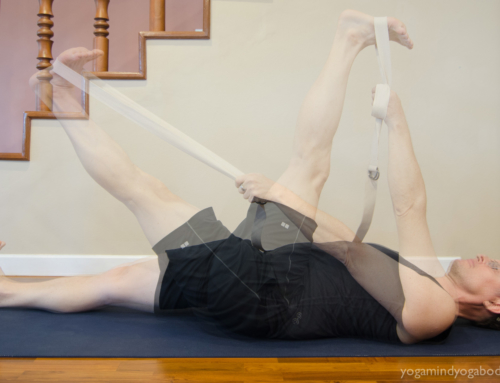
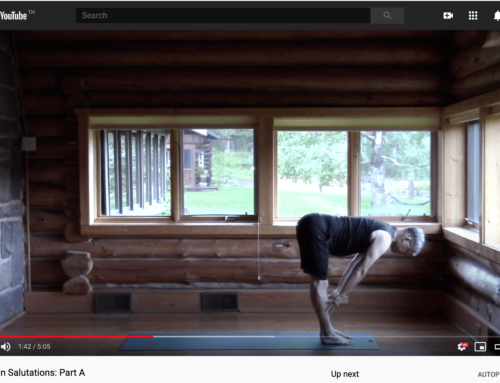
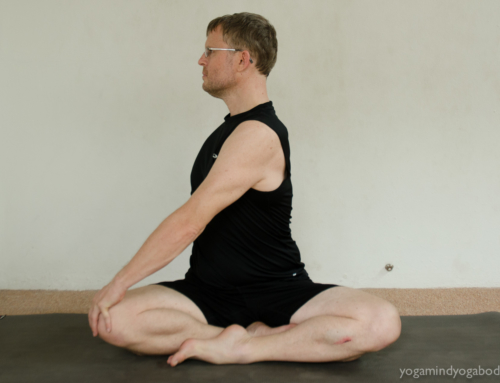
Leave A Comment